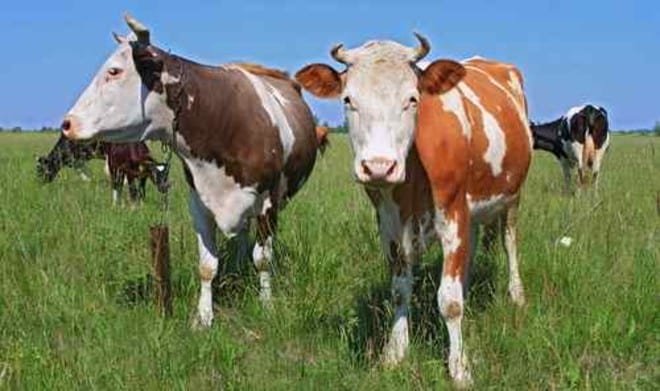The headlines made it sound great:
FDA to crack down on antibiotics in animals reared for meat (the Guardian)
FDA Moves to Cut Use of Antibiotics in Food-Producing Livestock (the Wall Street Journal)
FDA Restricts Antibiotics Use for Livestock (the New York Times)
But sadly, the new FDA “rules” announced Wednesday regarding antibiotic use on farm are a bit of a bait and switch. While the recommendations may “restrict antibiotic use” there is not much hope they will actually limit the quantity of antibiotics used on farms. [For other issues with the ‘rules,’ click here]
What did the FDA announce?
Guidance #213 created a set of voluntary recommendations for the pharma / feed industry regarding appropriate antibiotic use on farm. At its core, two basic ideas were proposed:
- Any use of antibiotics in feed and water should require a veterinarian’s approval (aka – a veterinary feed directive or VFD)
- All antibiotics in feed and water used to promote the growth of animals should be phased out.
Which sounds like progress, right? The devil of course is in the details.
Aside from other issues with the Guidance (click here for more details) these recommendations will have little chance of decreasing the overall quantities of antibiotics used on farm.
It is true that, according to the recommendations, antibiotics sold to promote growth in animals will be – for participating companies – verboten. And yet many of those same drugs, given in the same feed at the same time are also used to “prevent disease.” Of the 18 antibiotics listed as “critical” or “highly important” for human use which are also FDA approved for growth promotion in animals, more than half are also approved for disease prevention.
Additionally, the amount of antibiotics used for growth promotion is minimal, explains Ron Phillips of the industry group Animal Health Institute. “Many people believe that all or most antibiotic use is for growth promotion,” says Phillips. “That is not the case. We estimate only 10-15 percent at best.
And for those companies producing “animal health products,” agreeing to the recommendations will only mean phasing out “non-medical” uses of antibiotics (ie – growth promotion) and will not necessarily mean less sales of antibiotics to farms.
“We believe the impact of the FDA Guidances and VFD on our revenues will not be significant,” said Elinore White, the Senior Director of Corporate Communications for Zoetis,one of the world’s largest animal health providers.
The goal for companies like Zoetis is to “reduce the use of growth indicators to zero,” explained White. But when asked if overall antibiotic use or sales would then decrease, White responded, “it would be impossible to say, and I would not be in a position to speculate. But Zoetis is in total support of FDA in this effort and we have been working with them to begin to withdraw growth promotant indications and are already moving down that road.”
“It really begs the question then,” responds Avinash Kar of the Natural Resources Defense Council, “if growth promotion is not a significant use currently and companies have stated that they are not going to affect sales, then what are the goals of the Guidance?”
Steve Roach of KAW also shares Kar’s concerns. “If the goal is to have a health benefit and the amount of antibiotics used does not go down, then there can be no possible public benefit,” says Roach.













